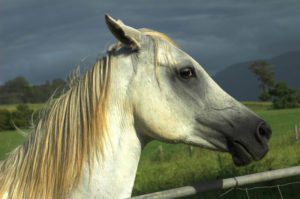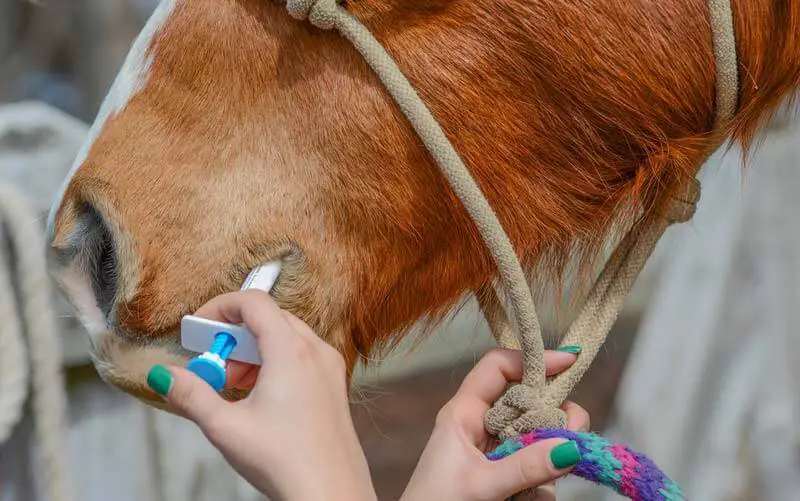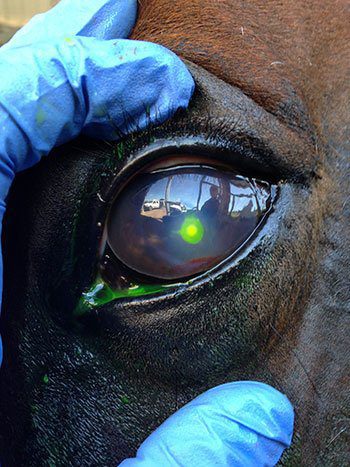
During her cycle, your mare may exhibit a number of undesirable behaviours. However, some behaviour problems are linked to genetics, poor training and even disease. If your mare is proving particularly difficult to handle, seek advice from your veterinarian.
The breeding cycle
To determine if your mare’s behaviour is a normal part of her breeding cycle, it’s important to first understand what to expect during this time.
The oestrous cycle, which usually lasts 19-22 days, is made up of two phases. The first is the oestrous phase (5-7 days) where your mare is ‘on heat’. The second is the dioestrous phase (14-15 days), which takes place between each heat.
The sex hormones oestrogen and progesterone are responsible for influencing the behaviour changes in your mare when she cycles. Some mares are known to cycle year-round, which can cause these behaviours to remain, even in Winter.
Breeding behaviour
During her breeding cycle, your mare may exhibit some or all of the behaviours listed below. If you have concerns about why your mare is acting a certain way, it’s best to consult your veterinarian.
Common breeding behaviours include:
- Nervousness or anxiety
- Difficulty when handling or riding
- Vulval ‘winking’ or ‘showing’
- Adopting breeding posture
- Increase interest in stallions or geldings
- Unpredictable behaviour
- Squealing
- Aggression, kicking or ears back
- Tail raising
- Frequent urination
Other causes
It’s important to speak with your veterinarian if your mare is difficult to handle or ride. Some behaviours can be mistaken for breeding behaviours, when they are, in fact, the result of genetics, poor training, negative experiences or disease.
A veterinarian will be able to assess your mare’s behaviour and give her a complete examination to determine if another reason may be the underlying cause. They will also give you advice about how to manage a difficult mare safely and confidently.



